Where is Archery Most Popular?
A Global Phenomenon. Where is Archery Most Popular?
For some readers who are familiar with our work here at ArcheryHistorian.com, it comes as no surprise to hear that archery is practiced the world over. We have visitors and customers from all over the planet at all times of the day. This makes us happy. Archery is ancient, and has spread to or was discovered on all continents except Australia. But where is archery most popular today? This article investigates the practice and popularity of archery on a global scale in modern times (written 2021 AD).
Indeed many groups of people from the past utilized archery as a way of life. It was the primary device for hunting and warfare. From the steppe nomads like the Huns, Mongols, and Magyars, to ancient empires like Egypt and Persia archery was essential for survival. Naturally, some of these people, who would later become the ancestors of those in modern nations, had passed on their proclivity for archery.
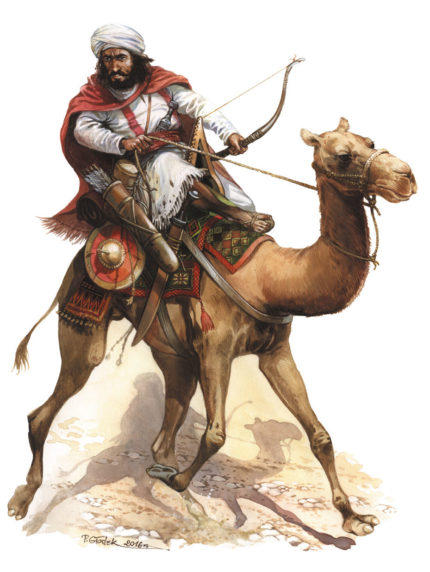
A case in point is the nation of Korea. Korea had a strong tradition of archery throughout its history. In the modern era, South Korea still excels at archery where it is held in high regard.
Other, much younger nations, such as the United States of America were not as reliant on archery in their past. Yet the practice of archery has gained immense popularity there over time.
It has been difficult to find any actual statistics on the popularity of archery broken down by country. Perhaps in the future, more information gathering and surveys will be conducted to determine such things as the number of archers per capita broken down by geographic region or country. Nevertheless, some countries do appear to have a strong archery tradition where the practice is popular.
Where is Archery Most Popular? The Past
As previously mentioned, archery was essential for the survival of many in times past. You may not have had any choice whether or not you practiced!
In medieval England for example, several laws were passed over a period of time that mandated all men between certain ages practice archery regularly.
The first of these laws, proclaimed by King Henry III of England in 1252 is known as the Assize of Arms of 1252, also called the Ordinance of 1252. This bit of legislature required all men between 15 and 60 to equip themselves with bows and arrows.
Later came the second archery law of 1363. This made it mandatory for Englishmen to practice archery with their longbow each and every Sunday.
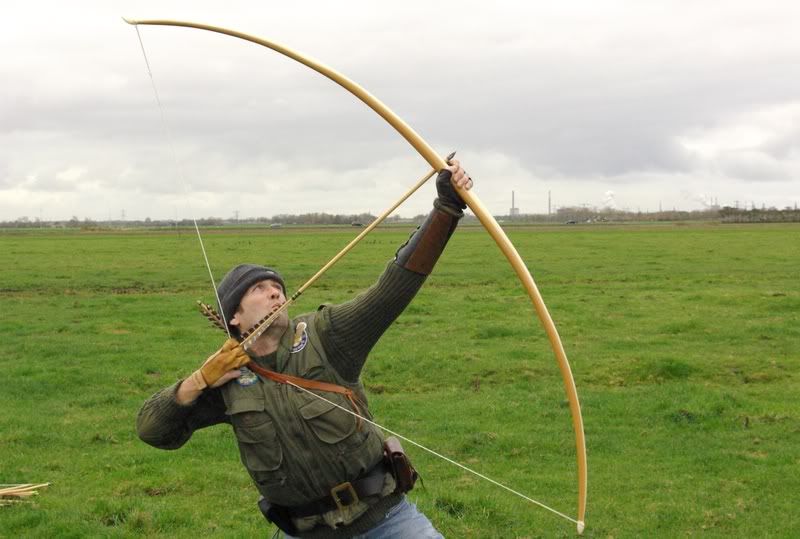
Other cultures and times also required all able-bodied men and in some cases women to be trained in archery. Notable amongst these groups were several peoples of the Eurasian steppe. Riding and archery were practiced by the Huns at the earliest age possible. The Magyars and Mongols also ensured their young were using the bow from as early an age as possible. It was essential for hunting as well as a means to wage war. Well-trained and experienced archers were seen as a necessity. In uncertain times, this was accomplished partially by ensuring everyone was an archer trained from early childhood.
Where is Archery Most Popular? Modern Data
Unfortunately, we could not mention all the countries where archery is popular or quickly becoming so. We did our best to come up with some of the most recognizable nations with a history of archery and/or a high status in Olympic archery.
While one can be certain of archery’s popularity worldwide, reliable statistics on a per nation breakdown are not readily available. In the United States, however, there has been a considerable growth in popularity and there are some statistics available.
Another aspect of archery’s popularity we can examine is the dominance of certain nations in the sport of archery in the Olympics. Being the Olympics, there is a certain social prestige that comes with doing well in the games (winning medals). The dominance of certain nations can give us a feel for the popularity of a certain sport in certain countries.
South Korea
The South Korean Olympic archery team made its depute in 1984 and has won medals in archery at the Olympics ever since. Archery is a skill that is highly valued amongst the Koreans, and this goes back far into Korea’s history.
As discussed in our article on traditional Korean archery, the ancient Koreans developed a highly reflexed horn bow known as the Gakgung. This weapon was played a pivotal role in the military affairs of ancient Korea. The main military strategy of the Koreans revolved around the defense of Mountain fortresses. In order to counter the aggression and larger numbers of invaders, the Korean horn bow (known as a Gakgung) is designed with the intention of maximizing efficiency and range so the attackers could be dealt with before they got too close.

The use of this bow is well recorded by the Koreans and records begin around the 1st century B.C. The use of the Gakgung persisted in wars up until the Imjin wars, where gunpowder weapons were introduced by the Japanese in the late 1500s.
It was in 1899 after a visit from Prince Heinrich of Prussia that Emperor Gojong, following the suggestion of Heirich, made archery the national sport. The sport underwent strict standardization with regards to the types of bows and arrows that could be used, as well as the distance to the targets (120 bo or about 145 meters).
Modern Korean Archery
As you can see, Korea has had a long time for archery to be ingrained into the soul of the nation. It should come as no surprise then that Korea does very well in modern archery competitions.
Other than archery being historically prevalent, several other factors contribute to its popularity and the success of Korea’s archers. One of those being the fact that archery is taught in primary schools. Proper form and technique are heavily emphasized as the children are exposed very early on.
Before the 1980s only traditional Korean archery was practiced. However, upon winning the 1988 summer Olympic bid, great initiatives were put in place to ensure Korea could compete and win. This was done primarily through installing archery training in the public school system.
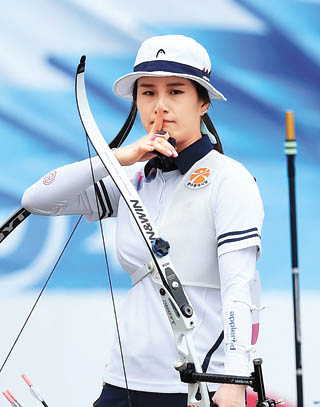
The importance of training through excessive repetition is recognized as essential in South Korea. Training occurs six days a week and in order to solidify proper technique into the archer, it is common for youths to shoot 500 or more arrows a day.
The end result of all of this is a large number of Olympic medals. Observe the table below for women’s “double FITA” round with modern recurve bows:

United States of America
The USA is a very young country. Before the colonial age, indigenous tribes practiced archery as a method of hunting and warfare. After the founding of the new nation, however, firearms have become the go-to medium and long-range implement of choice in the USA.
Having said this, it is American engineers and inventors such as Holless Wilbur Allen who brought archery and the bow into its next evolutionary phase. Mr. Allen was the first to develop and patent the compound bow, which has become the most popular type of bow in the USA. The modern recurve and composite bow designs are now the dominant types of bows in modern Western archery.
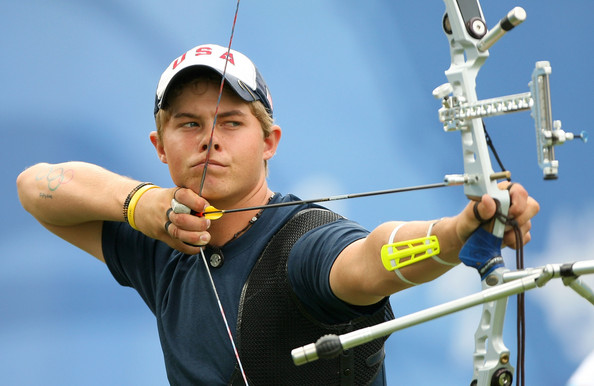
Another aspect of archery in the USA is the fact that some statistics related to archery are readily available. Below is a bar graph representing the number of participants in archery in the United States from 2006 to 2017 (in millions).

As can be seen from this graph there should be roughly 8 million archer in the USA age 6 and up.
America has been able to rank high in the Olympics and the world ranking system. As of this writing 3 of the top 5 archers in the compound men’s division hail from the USA.
Interestingly, Kisik Lee, who was instrumental in developing modern archery in his native Korea, is now the Olympic coach for the USA.
Archery’s popularity has seen explosive growth in the USA in recent decades. As of 2016, there were approximately 1,300 archery ranges scattered across the country, with 608 official clubs, according to the Archery Trade Association.
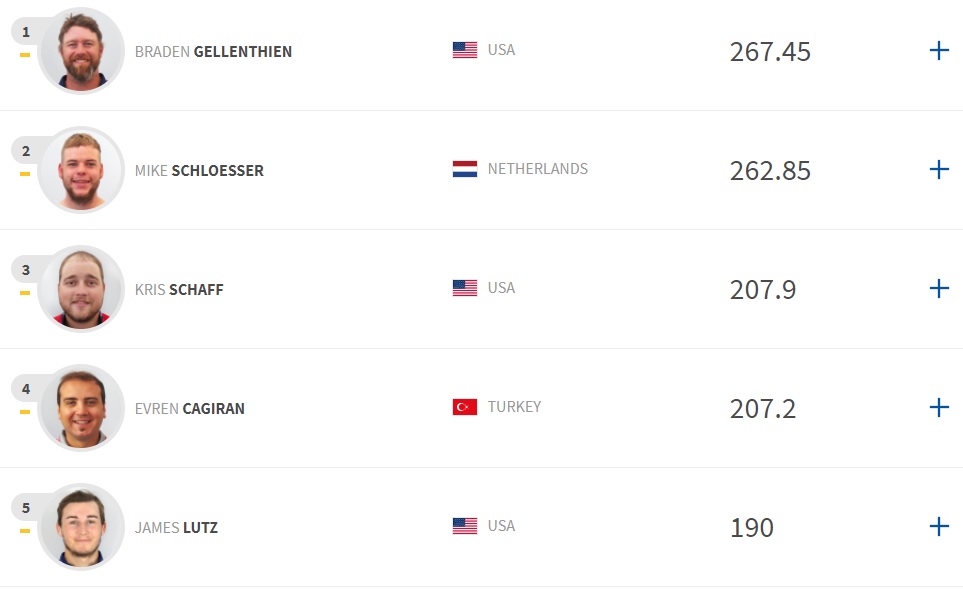
Japan
A long and unbroken tradition of archery persists in Japan. The martial art of archery is known as kyudo in Japan. Along with yabusame, which is a mounted archery practice, kyudo is still widely practiced in Japan.
The yumi, or traditional Japanese bow possesses a unique asymmetrical shape. Both kyudo and yabusame utilize the yumi.
It should come as no surprise that Japan ranks well in modern archery because a long-standing tradition of archery contests exists in the country.

Tōshiya
The Tōshiya is an archery contest dating back to the early 1600s. As the story goes, a samurai by the name of Asaoka Heibei is said to have shot 51 arrows in rapid succession down the length of the veranda of the Sanjūsangen-dō temple in Kyoto, Japan.
The Sanjūsangen-dō temple, founded in 1164 is most famous for it’s large and long hondō (main hall) dating from 1266. It is in fact the largest wooden structure in Japan to this day.
The four main events at the contest are as follows:
- The Hiyakazu (日矢数, ひやかず, lit. Number of arrows in a day) – The archer who can fire the most amount of arrows in a 12 hour period is declared the winner. Over 10,000 arrows have been recorded as being shot in this time
- The Ōyakazu (大矢数, おおやかず, lit. great many arrows) – Similar to the Hiyakazu except the amount of time allowed is a full 24 hours
- The Hyaku-i (百射, ひゃくい, lit. one hundred shots) – The archer who hits the target the most out of 100 shots is the winner
- The Sen-i (千射, せんい, lit. one thousand shots) – Similar to the Hyaku-i except with 1000 arrows or shots instead of 100
The contest ceased being held in 1861 after 255 years. However, a newer version of the contest known as Oh-Mato Taikai is still held on the temple grounds.
Mongolia
The nation of Mongolia, much like Korea and Japan, has an extensive history with the use of the bow. The united Mongol tribes under Ghenghis Khan were predominantly light cavalry archers. Archery was an absolute necessity for survival in Mongolia’s past.
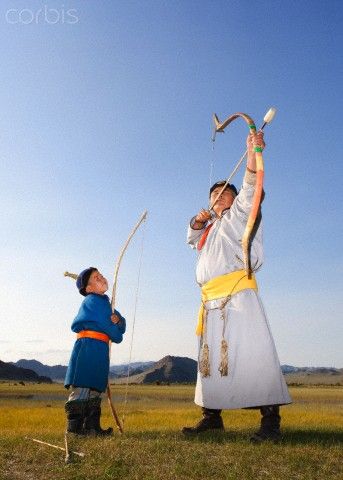
Slowly the original design of their composite reflex bow was replaced by the larger Manchu bow, popular in China.
There is an annual festival attended by tens of thousands called the Nadaam festival. The festival existed in some form or another but has become a nationally recognized event celebrating Mongolian culture and recreational activities.
The festival is also locally termed “eriin gurvan naadam” (эрийн гурван наадам), “the three games of men”. The games are Mongolian wrestling, horse racing, and our favorite: archery.
China
Another nation with an extensive history with the bow and arrow. The popularity of both traditional and modern forms of archery has seen explosive growth in the last decade.
After decades of gradual decline, many bowyers and enthusiasts have picked up where their forefathers had left off. China now produces bows in the traditional style (Ming, Qing) as well as several other historical bows.
Modern archers have taken 17th-century archery manuals produced and Gao Ying and produced a modern version. Check it out by clicking the image below:
Italy
Italy consistently completes at a very high level in competitive archery. The nation has won plenty of medals in all events in the sport.
There is an annual archery event held in Rimini attended by Olympics archers. The Italian Challenge, an international mixed pairs competition, which in six editions had seen the number of athletes steadily grow up to last February’s record with 520 registered archers, is postponed to 2022, due to the Covid-19 emergency.
You can check out the link here for more information: fitarco-italia.org
France
Although not well known it’s archers in the context of military history, modern forms of competitive archery have become relatively popular in France.
The French have won a considerable number of medals in archery in the Olympic games particularly in the men’s recure event(s).
Bowhunting is extremely popular in a number of European countries, like France and the UK. For example, France had legalized bowhunting since 1995 and all game animals can be hunted with a bow and arrow. This has led to steady growth in the popularity of archery in the country.
Hungary
The Magyars or Hungarians revered their weapon of choice in ancient and early medieval times, the composite recurves bow. While there has never been a strong presence of Hungarian archers in the modern Olympic archery events, the Hungarians were pivotal in the revival of traditional archery.
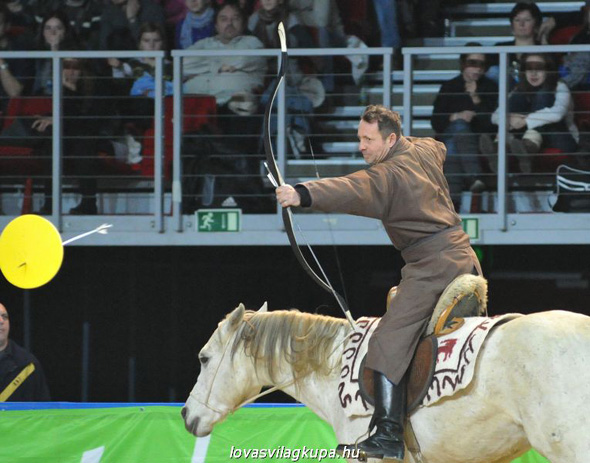
Lajos Kassai was instrumental in the revival and modernization of traditional mounted archery. Mounted archery schools of the Kassai style are now well established all over the world.
There has also been enormous growth in the number of bow bakers in Hungary, producing all types of historical, traditional bows. You can find some of them for sale here at ArcheryHistorian.com/archeryshop!
